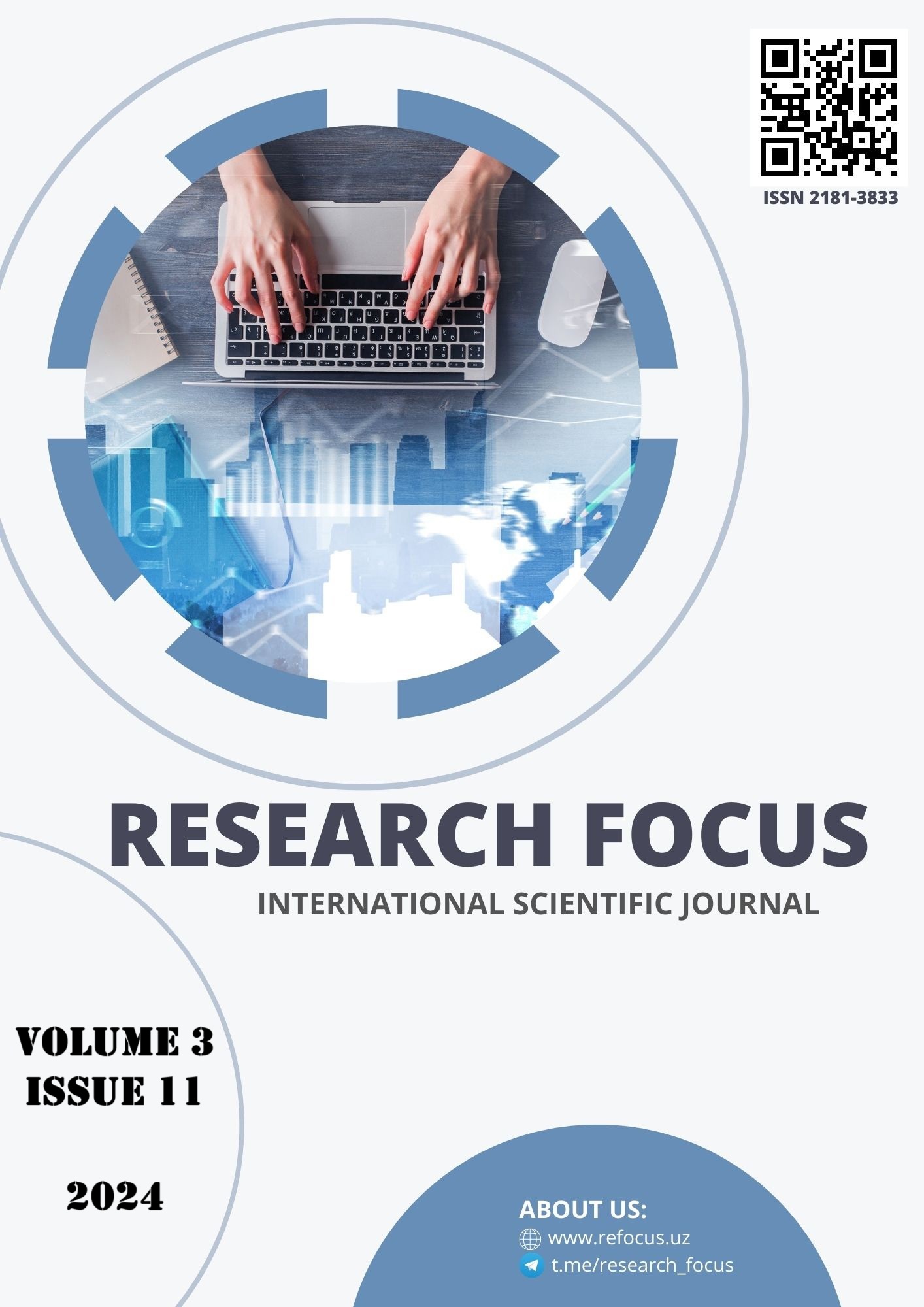MORPHOLOGICAL CHANGES IN FETAL KIDNEYS DEAD IN THE ANTENATAL PERIOD
Main Article Content
Abstract
Purpose of the study Forensic medical assessment of antenatal infant mortality.
Materials and methods. During the study, 72 forensic medical examination reports on the establishment of antenatal fetal death were analyzed.
Results. One of the characteristic aspects of child death in the antenatal period is the development of any processes leading to fetoplacental insufficiency and the prevalence of infant hypoxia. Forensic medical assessment of antenatal infant mortality, revealing the essence of the mechanism of thanatogenesis, predicting severe complications and reducing mortality indicate the relevance of the problem. It is characterized by a clear manifestation of morphological signs of renal tissue.
Conclusions. Morphological changes in the kidney tissue of children who died in the antenatal period are directly related to premature or premature birth, as well as to the early or late neonatal period.
Article Details

This work is licensed under a Creative Commons Attribution 4.0 International License.
References
Alieva T. D., Nishanova F. P. Content of medium-molecular peptides in the fetus during antenatal death // Science of life and health. - 2011. - no. 4. - P. 50-51.
Amonov I. Ya doctor. Hemocoagulation disorders in the fetus during antenatal death. Analysis. Prospects // Journal "Problems of biology and medicine". - 2012. - no. 2 (69). - P. 133-136.
Aueskhanova A. D., Grinberg V. B. On the issue of the causes of death of fetuses and newborns with a critical body weight // Bulletin of the Kazakh National Medical University. - 2013. - no. 4-1. - P. 160-162.
Baranovskaya E. I., Budyukhina O. A., Baranchuk S. A. Pathomorphological characteristics of chronic placental insufficiency // Healthcare (Minsk). - 2011. - no. 8. - P. 4-9.
Barinov E. Kh. I am a doctor. Limits of competence of a forensic medical expert in the course of retrospective observation of the process of providing medical care // December readings on individual medicine at RUDN: current issues of individual medicine and general pathology. - 2020. - P. 28-41.
Barinova I. V. Morphology of fetal abrasions in antenatal hypoxia // Russian Bulletin of the Obusher-Gynecologist. - 2015. - no. 2.
Barinova I. V. Pathogenesis of antenatal mortality: fetal development phenotypes and thanatogenesis // Russian Bulletin of Obstetrics and Gynecology. - 2015. - Vol. 15. - no. 1. - P. 68-76.
Barinova I. V. Pathogenesis and thanatogenesis of fetal abrasions in antenatal hypoxia // M: diss... d. m. - 2015. - no. 2015. - P. 257.
Barinova I. V., Kotov Yu. B., Kondrikov N. Ya. Clinical and morphological characteristics of the feto-fetal complex in antenatal fetal death // Russian Bulletin of Obstetrics and Gynecology. - 2013. - Vol. 13. - no. 3. - P. 14-19.
Bezhenar V. F. I am a doctor. The risk factory of perinatal losses - reality or fiction? // Obstetrics, gynecology and reproduction. 2021. Vol. 15. No. 4. P. 360-370.
Bezhenar V. F., Ivanova L. A., Belichenko N. V. Standard ultrasound examination of the fetus in case of antenatal death // Radiation diagnostics and therapy. - 2019. - No. 1. - P. 98-104.
Belova I. A. Some indicators of the aggregate state of blood in pregnant women with a dead fetus // Innovative technologies in medicine: a young specialist's view. - 2019. - P. 198-199.
Belozertseva E. P. I am a doctor. Influencing factor of antenatal mortality of the fetus // Far Eastern Medical Journal. - 2014. - no. 4. - P. 50-53.
Belozertseva E. P. I am a doctor. Risk factor of antenatal mortality of the fetus: a retrospective cohort study // Mother and Child in Kuzbass. - 2015. - no. 2. - P. 86-90.
Buryakova S. I., Fadeeva N. Ya. Yoldoshnaya dysfunction without hemodynamic disorders: is it possible to reduce antenatal losses? // Prenatal diagnostics. - 2012. - V. 11. - no. 4. - P. 332-337.
Vinogradova I. V., Krasnov M. V. Health status of children with extremely low birth weight and late periods of life. Journal of modern clinical medicine. 2013;6(2):20-25.
Vinokurova E. A. Modern non-invasive instrumental methods of fetal monitoring (literature review) // Medical Science and Education of the Urals. - 2018. - Vol. 19. - no. 4. - P. 170-177.
Volkov V. G., Kastor M. V. Modern views on the problem of classification and determination of causes of death // Russian Bulletin of Obstetrician-Gynecologist. - 2020. - Vol. 20. - no. 3.
Voronova O. V., Akimenko M. A., Murenets V. A. Morphological changes in the vessels of the supporting villi of the plastin during antenatal fetal death in a woman with preeclampsia // Abstracts of the VIII All-Russian conference-marathon "Perinatal Medicine: from pregravid preparation to antenatal motherhood and childhood". - 2022. - P. 14-15.
Voropaeva E. E. I am a doctor. Perinatal outcomes and results of morphological examination of the placenta in pregnant women with critical lung damage in the new coronavirus infection COVID-19 // Ural Medical Journal. - 2023. - Vol. 22. - no. 2. - P. 109-121.
Ganchar E. P., Kolesnikova T. A. Diagnosis of fetal hypoxia in case of questionable cardiotocogram variant // Actual problems of medicine. - 2020. - P. 138-141.
Golovachev G. D. Human heredity and intrauterine death M.: Praktika; 1983.
Zubzhitskaya L. B., Kosheleva N. G., Semenov V. V. Immunomorphological status of the placenta in obstetric pathology. St. Petersburg: Nordmedizdat; 2005.
Shiralieva R. K., Gurbanova G. M., Ragimova N. D. Features of perinatal damage to the central nervous system in preterm infants with intrauterine viral infection.

